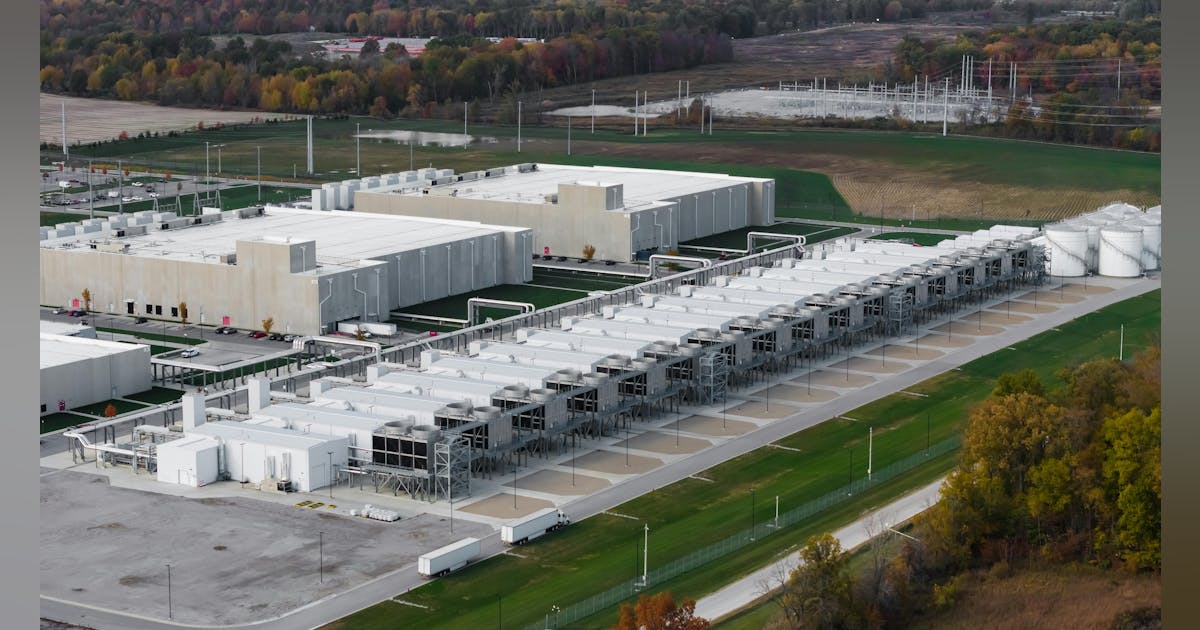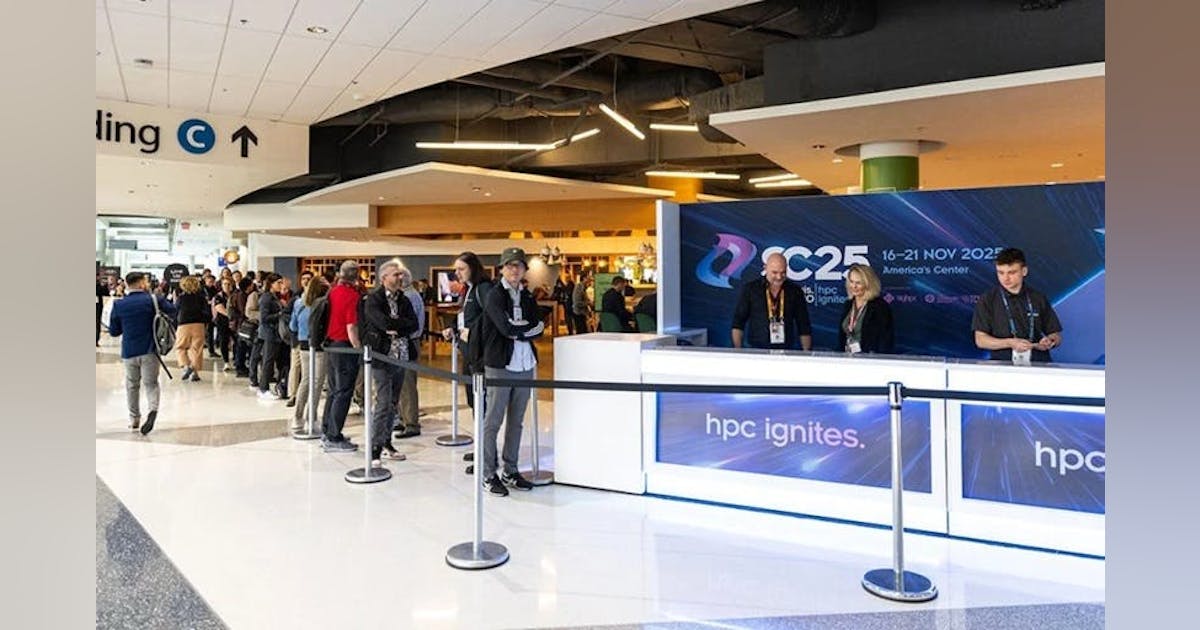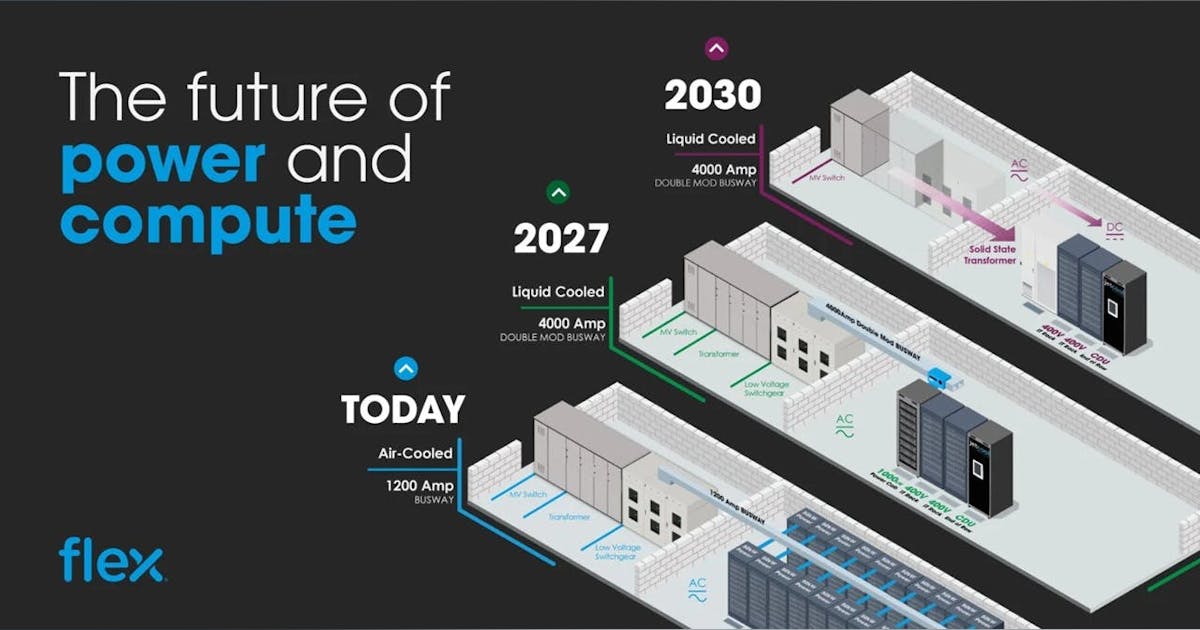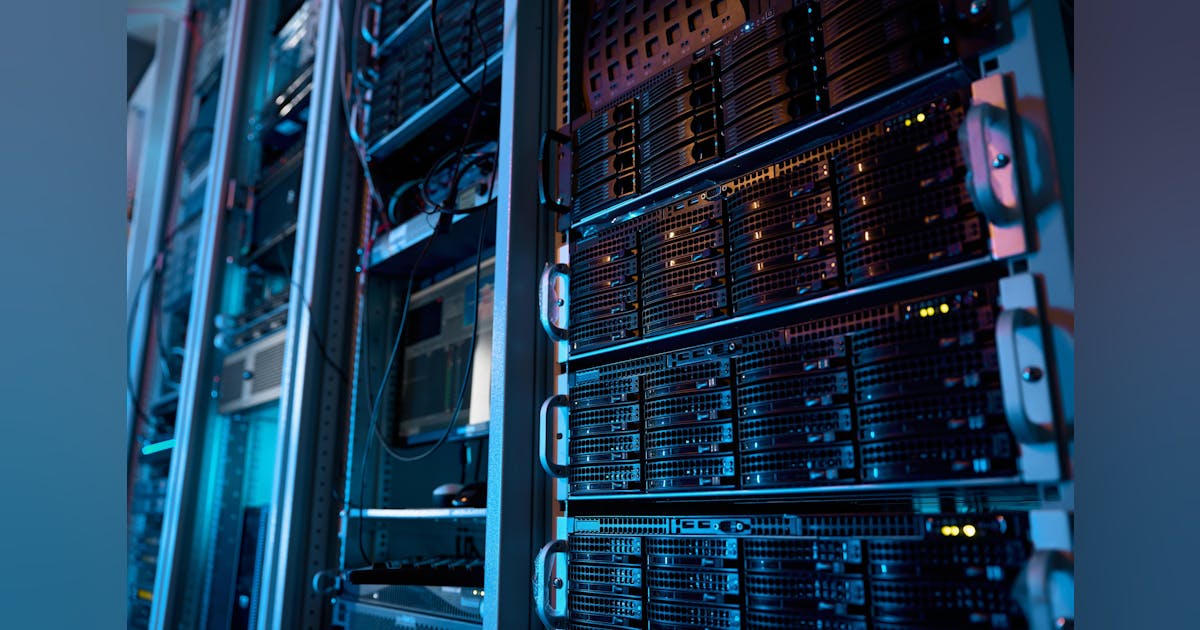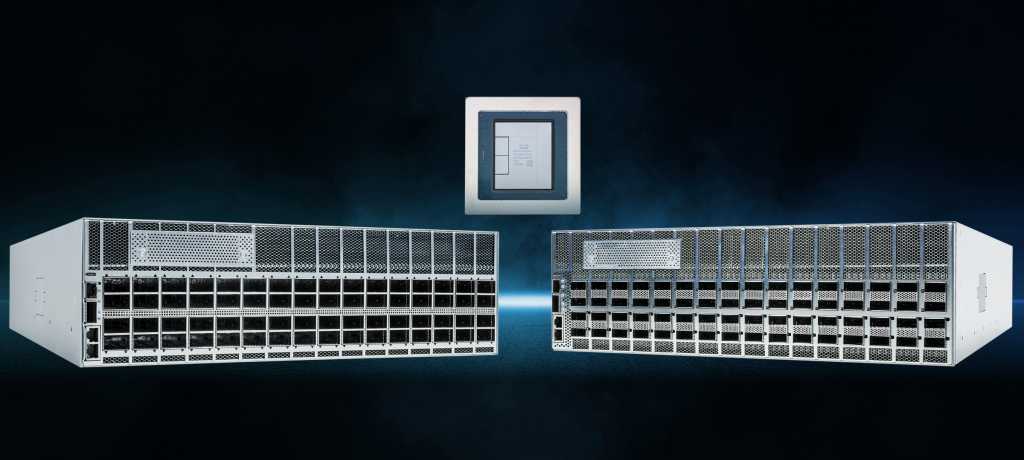
Some say deep buffers shouldn’t be used to handle this type of traffic; the contention is that these buffers fill and drain, creating jitter in the workloads, and that slows things down, Chopra told Network World. “But the real source of that challenge is not the buffers. It’s a poor congestion management scheme and poor load balancing with AI workloads, which are completely deterministic and predictable. You can actually proactively figure out how to place flows across the network and avoid the congestion,” he said.
The 8223’s deep-buffer design provides ample memory to temporarily store packets during congestion or traffic bursts, an essential feature for AI networks where inter-GPU communication can create unpredictable, high-volume data flows, according to Gurudatt Shenoy, vice president of Cisco Provider Connectivity. “Combined with its high-radix architecture, the 8223 allows more devices to connect directly, reducing latency, saving rack space, and further lowering power consumption. The result is a flatter, more efficient network topology supporting high-bandwidth, low-latency communication that is critical for AI workloads,” Shenoy wrote in a blog post.
NOS options
Notably, the first operating systems that the 8223 supports are the Linux Foundation’s Software for Open Networking in the Cloud (SONiC) and Facebook open switching system (FBOSS) – not Cisco’s own IOS XR. IXR will be supported, too, but at a later date, according to Cisco.
SONiC decouples network software from the underlying hardware and lets it run on hundreds of switches and ASICs from multiple vendors while supporting a full suite of network features such as Border Gateway Protocol (BGP), remote direct memory access (RDMA), QoS, and Ethernet/IP. One of the keys to SONiC is its switch-abstraction interface, which defines an API to provide a vendor-independent way of controlling forwarding elements such as a switching ASIC, an NPU, or a software switch in a uniform manner.
SONiC is seen as a significant alternative to more traditional, less flexible network operating systems. Its modularity, programmability and general cloud-based architecture could make it a viable option for enterprises and hyperscalers to deploy as cloud networking grows.
“If you look at who needs this kind of capacity now, the first use case is the hyperscalers, and the 8000 series is what we sell into our hyperscaler customers,” Chopra said. “As larger enterprises and other move toward AI, the other operating system support will follow.”













